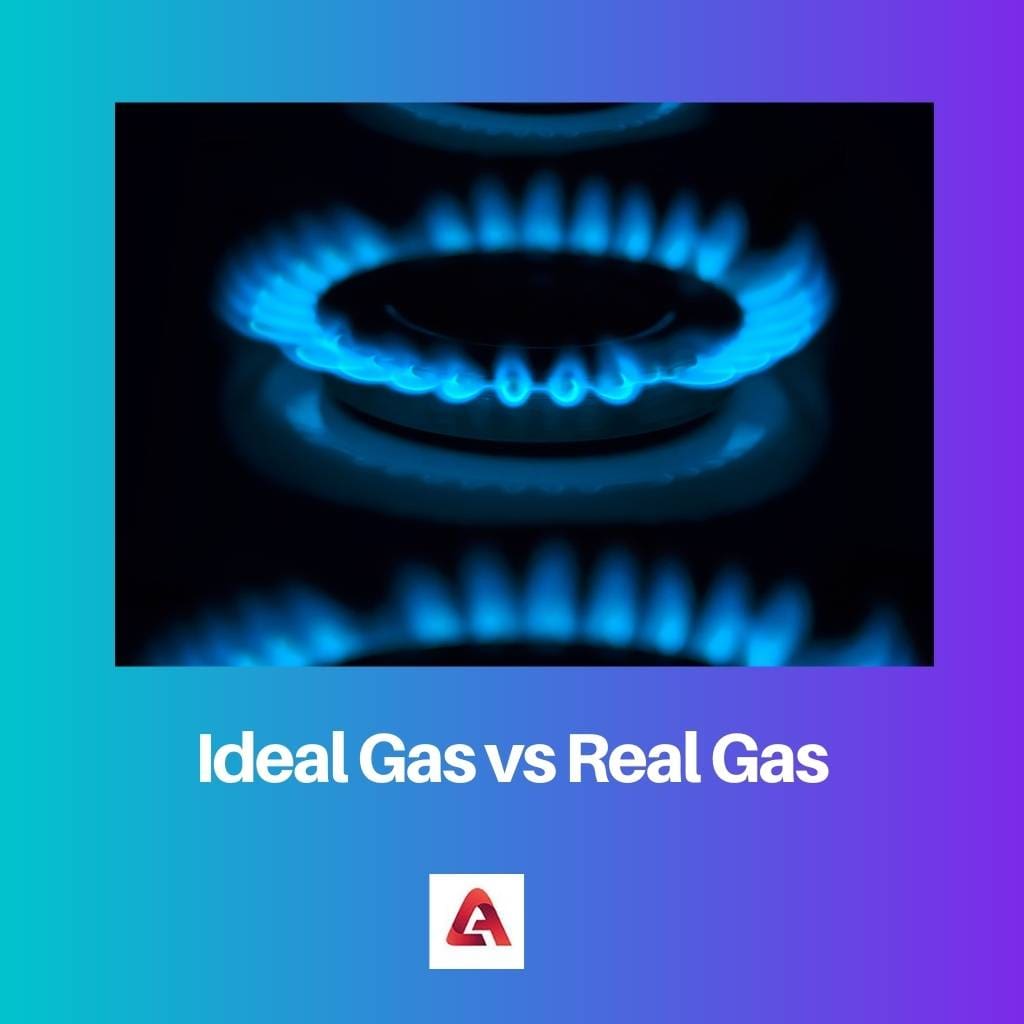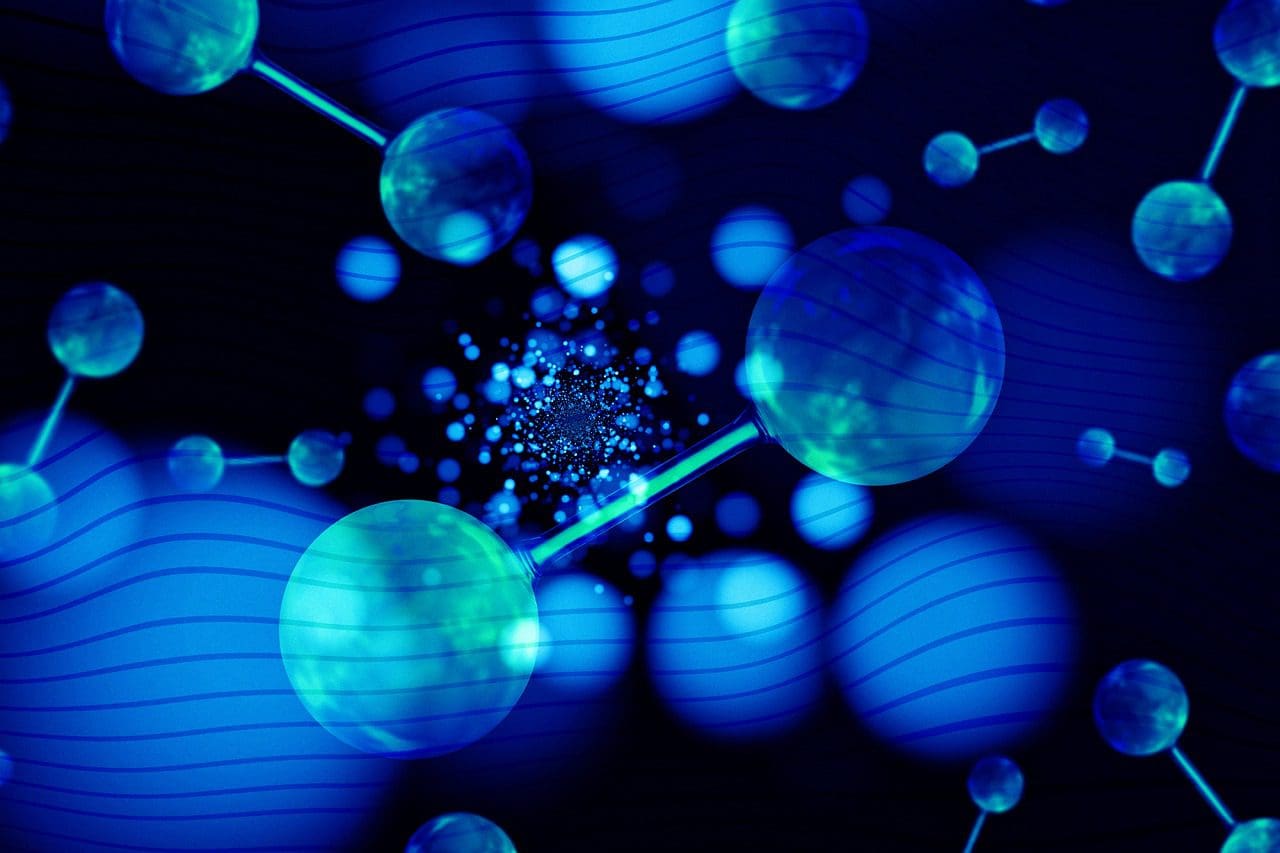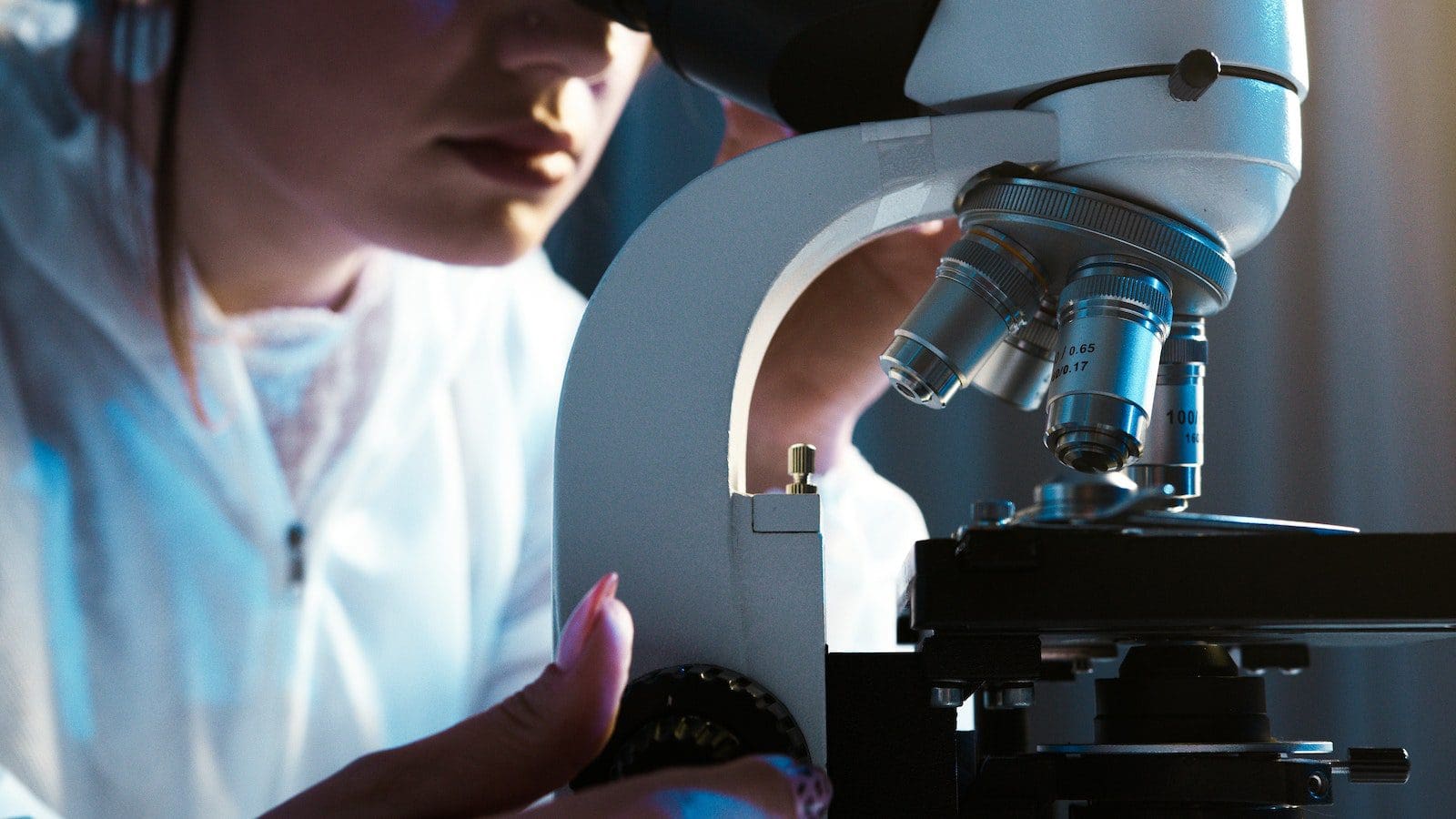The air that surrounds us, the animals that are around us, and even our own bodies are made up of molecules and various gases. These gases are an essential part of our lives. We breathe and emit gases every second.
But there are distinct kinds of gases. Some are even hypothetical. The difference between Ideal gas and Real gas helps us understand gases in a better way.
Key Takeaways
- An ideal gas is a theoretical gas that follows the gas laws perfectly, while a real gas deviates from these laws due to intermolecular forces.
- Ideal gases have no volume or intermolecular forces, while real gases have volume and intermolecular forces.
- Ideal gases can never be liquefied, while real gases can be liquefied at low temperatures and high pressures.
Ideal Gas vs Real Gas
An ideal gas is a theoretical gas that is not subject to interparticle interactions. The ideal gas concept is useful and obeys the ideal gas law. A real gas is a gas that behaves according to the gas laws, which describe how the pressure, temperature, and volume of a gas are related to each other.

Ideal Gas is a theoretical gas, which means it does not exist in reality. It obeys the gas laws at all conditions of pressure and temperature. An ideal gas has multiple minute particles that randomly move in all directions as they are not subject to interparticle interaction.
On the other hand, Real gas is present in the environment around us. Real gases obey gas laws only at conditions of high temperature and low pressure. The molecules of these gases interact with each other, which is why they do not behave like an ideal gas.
Comparison Table
| Parameters of Comparison | Ideal Gas | Real Gas |
|---|---|---|
| Definition | An ideal gas follows all the gas laws under all conditions of pressure and temperature. | Real gases only follow the gas laws under conditions where the pressure is low and the temperature is high. |
| Movement of Molecules | The molecules in an ideal gas are free to move and do not participate in interparticle interaction. | The molecules of a real gas collide with each other and are subject to interparticle interaction. |
| Volume Occupied | The volume occupied by an ideal gas is negligible in comparison to the total volume. | The volume occupied by a real gas is substantial when compared to the total volume. |
| Pressure | An ideal gas has high pressure. | The actual pressure in a real gas is lower than the pressure of an ideal gas. |
| Forces present | No intermolecular forces of attraction are present in an ideal gas. | The forces present in a real gas are either attractive or repulsive. |
| Formula | An ideal gas follows the formula; PV=nRT | Real gases obey the formula, (P+(an2/V2))(V-nb)=nRT. |
What is Ideal Gas?
Composed of multiple particles that move randomly in all directions, the Ideal gas is the one that is not subject to interparticle interaction.
It obeys the gas laws, as well as the equation of state. In an ideal gas, the collisions between molecules are perfectly elastic, meaning there is no loss of kinetic energy when a collision occurs.
An ideal gas does not have any intermolecular forces of attraction. It is a hypothetical gas, meaning it does not exist in the environment. The model of an ideal gas law has been explored in Newtonian Dynamics and quantum mechanics.
It can be theoretically understood that an ideal gas arises from the kinetic pressure of gas molecules. The molecules collide with the walls of a container by following the laws of Newton.
It is also understood that when the pressure of an ideal gas is reduced in a throttling process, there will be no change observed in its temperature.
An ideal gas does not condense as it has a negligible volume. It also lacks a triple point, which is a point at which the temperature and pressure of solid, liquid, and gaseous phases of a pure substance can coexist in equilibrium. An ideal gas obeys the formula PV=nRT.

What is Real Gas?
Real gases are those gases that follow the gas laws under certain conditions. They are not ideal gases. For real gases to exist, the pressure should be low, and the temperature should be high.
The gaseous particles of real gases move and interact with each other. These collisions are inelastic, which means that there is some loss of kinetic energy.
The molecules of real gases occupy volume. Intermolecular forces in a real gas could be either attractive or repulsive. A real gas is not hypothetical, which means it exists in the atmosphere.
There are multiple models for explaining the equation of state of a real gas, but the most used is Van Der Waal’s model.
The volume of a real gas remains considerably high at high pressure as compared to an ideal gas. Also, when the pressure of a real gas is reduced in a throttling process, the temperature is likely to either increase or decrease depending upon whether Joule-Thompson is positive or negative.
As opposed to Ideal gas, a real gas would condense when it is cooled to its boiling point. Common examples of real gases include Oxygen, Nitrogen, Hydrogen, Carbon dioxide, etc. The formula obeyed by a Real Gas is (P+(an2/V2))(V-nb)=nRT.

Main Differences Between Ideal Gas and Real Gas
- An ideal gas is a hypothetical gas, whereas Real gas exists in nature around us.
- Ideal gas obeys the gas laws; on the other hand, Real gases obey the gas laws in conditions of low pressure and high temperature.
- Ideal gas does not undergo condensation, while Real gases undergo condensation when cooled up to their boiling point.
- An ideal gas has a negligible volume compared to the total volume, whereas a real gas has a significantly higher volume than the ideal gas.
- Ideal gas does not exist, whereas examples of Real Gas include Oxygen, Hydrogen, Carbon dioxide, etc.
- There are no intermolecular forces present in an ideal gas. Contrarily, the intermolecular forces in a real gas could be either repulsive or attractive.
- https://asmedigitalcollection.asme.org/GT/proceedings-abstract/GT1969/V001T01A071/231855
- https://journals.aps.org/prl/abstract/10.1103/PhysRevLett.73.922

I found the explanation about the hypothetical nature of ideal gases and the real existence of real gases to be particularly intriguing and well-presented.
Absolutely, the differentiation between the theoretical ideal gases and the actual real gases is elucidated thoroughly in this article.
This article serves as an excellent educational resource, providing a comprehensive overview of ideal gases and real gases. It is highly beneficial for academic purposes.
Absolutely, the article’s detailed explanation is highly advantageous for students and professionals seeking to understand ideal and real gases.
I agree, the article’s content is particularly beneficial in facilitating a thorough understanding of ideal gases and real gases.
The comparison table provided here is extremely helpful in presenting the differences between ideal gases and real gases in a clear and concise manner
Yes, the comparison table neatly summarizes the main points and highlights the distinctions between the two types of gases.
I agree, the comparison table really enhances the understanding of ideal gases and real gases.
The article’s explanation of the forces present in ideal gases and real gases offers valuable insight into their behaviors and interactions.
I concur, the clarification of forces in ideal and real gases is presented meticulously in this article.
Absolutely, the discussion about intermolecular forces is crucial in distinguishing between ideal and real gases.
This article provides an in-depth analysis of ideal gases and real gases, shedding light on their defining characteristics.
The detailed comparison between ideal gases and real gases in this article is very informative and enhances our understanding of these concepts.
Indeed, the article effectively elucidates the key differences between ideal and real gases through a comprehensive comparison.
The section on the distinct movement of molecules in ideal and real gases is exceptionally elucidating. It helps in comprehending their contrasting behaviors.
Yes, understanding the movement of molecules is crucial in discerning the disparities between ideal gases and real gases.
This article is very informative about the differences between ideal gases and real gases. I specifically appreciate the key takeaways section.
The detailed explanation of ideal gases and real gases, as well as their characteristics, makes this article an excellent educational resource.
Indeed, the article provides a comprehensive understanding of the fundamental differences between ideal gases and real gases.
The description of ideal gases and real gases in this article is truly enlightening. It offers a deep insight into their properties and behaviors.